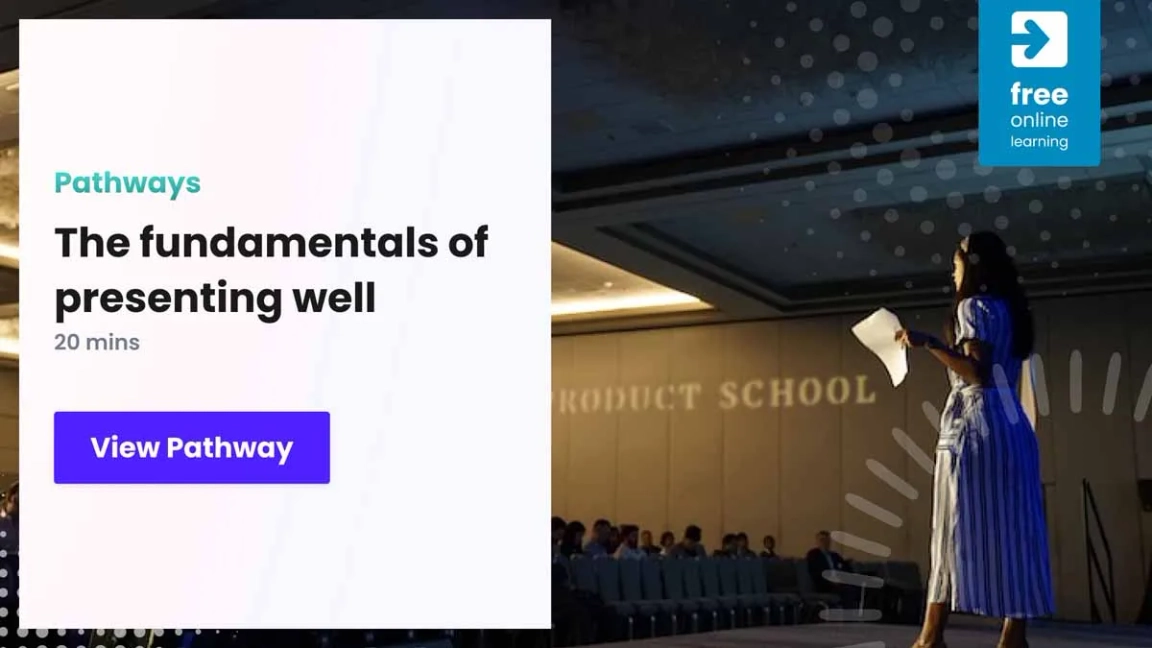Interviews and assessment centres
Giving presentations at engineering assessments: tips for job-seeking graduates
25 Jan 2023, 13:38
You may be asked to give a presentation as part of an engineering assessment centre. Use our top tips to structure a winning presentation.

Most engineering students have fewer opportunities to practise their presentation skills than friends studying arts and humanities subjects. However, at interviews and assessment centres for an engineering job you may be asked to give a presentation, so here are some top tips to get you off on the right foot, along with examples of the types of presentations required by leading recruiters.
The main tip is to find out as much as you can beforehand so that you can prepare well. You’ll need to know:
- what subject you’ll be talking on – your final-year project, an engineering subject of your choice, or a subject of the employer’s choice?
- the duration of the presentation – does this include time for questions?
- what facilities will be available – eg presentation software, projector, flip chart or nothing?
- who the audience will be – technical or non-technical people, or a mixture of both?
Pitch it at the right level
Typically you’ll be asked to present on an engineering subject, but that doesn’t necessarily mean you’ll be talking only to engineers. Find out whether you are presenting to engineers, lay people or a mixture of both. If you aren’t given this information assume that it will be a mixture and keep things simple so that the non-technical people will be able to follow what you are saying. Technical managers will ask you questions if they want more depth.
Put structure to it
Structure is very important. Your presentation needs to have a beginning, a middle and an end. The introduction is your first opportunity to create a good impression and capture the attention of your audience. Set the scene by introducing your topic and letting your audience know what you will cover and why. For example, if you are talking about your project, give a brief overview of what the project was about, why it was important and the main objectives you needed to achieve.
Less is often more
A common presentation trait of scientists and engineers is to try to pack in every minute detail of the subject, which often includes small and irrelevant details about a piece of equipment or a process set up. Resist this urge and think ‘bigger picture’. Think about what the presentation needs to do and the expectations of your audience. For a graduate interview, the audience wants to see that you can communicate technical ideas clearly, organise and structure your presentation so that it runs to time and communicates some key ideas.
A good way to whittle down what you do and don’t include is to start by thinking of the three key points you want your audience to take away with them and then work the content around these. If you are using slides, keep things simple and avoid filling them with technical clutter such as fully-worked equations and too much writing. On slides, present the main ideas, concepts, facts and results. One or two key points per slide is sufficient – even seasoned engineers weary of bullet points!
Use graphs and charts rather than tables when presenting results. Pictures, diagrams and photographs will not only give your presentation visual impact, but will also help non-technical people in your audience follow what’s going on.
Say it, say it and say it again
Repetition of messages is important for making a lasting impression. If you are giving a longer presentation it is often useful to break it into sections. At the end of each section you can recap on what has been covered before moving on to the next part. Pausing at appropriate points throughout the talk to summarise and check understanding will also help the audience follow what you’re saying. As you draw to the end of your talk always review what has been covered and confirm that the logical conclusion you set out to show has been achieved.
Confidence comes with practice
While it’s really cringy standing in front of a mirror (or willing friends) to practise your presentation out loud, it really is worth it. Few people have the presentation skills that Apple's Steve Jobs had, or the confidence and repartee to talk off the cuff and get away with it. If you leave your first run through to the day, you’re likely to mistime the talk and you’ll come away thinking: ‘I could have done better’. You’ll know that the one thing that stood between you and success was practise.
- Practise your presentation out loud so that you are confident to talk from brief prompts rather than read from copious notes or, sin of sins, the slides.
- Practise your talk out loud so that you feel comfortable looking up, smiling and projecting your voice to an audience.
- Practise your talk out loud so that you are comfortable talking at a measured pace and know that you’ve got the timing right.
Most of all be enthusiastic about the subject you are talking on. Enthusiasm is infectious and will always bring the audience with you.
Supported by
This describes editorially independent and objective content, written and/or edited by GTI editors, with which the 'supporting' organisation would like to be associated and has provided some funding in order to be so. Any external contributors featuring in the article are independent from the supporter organisation and contributions are in line with our non-advertorial policy.



